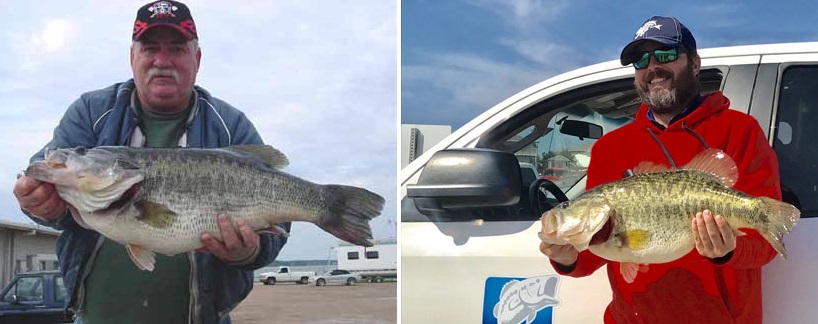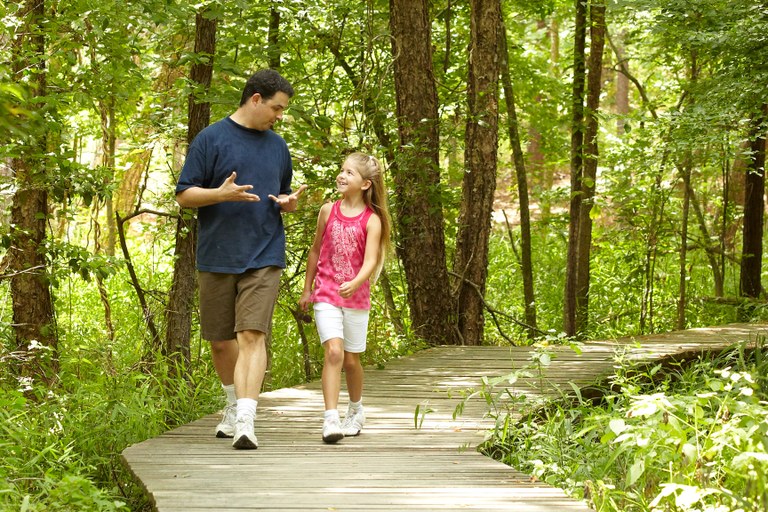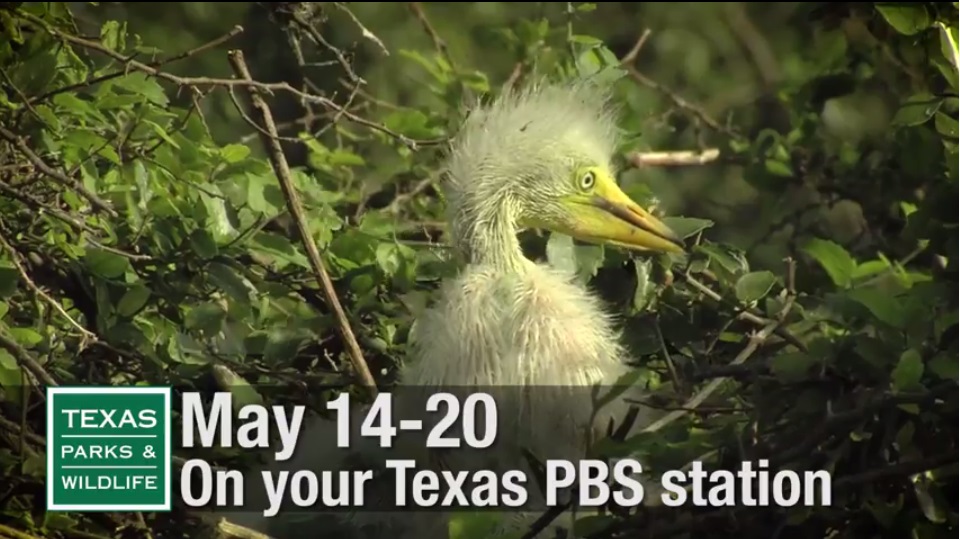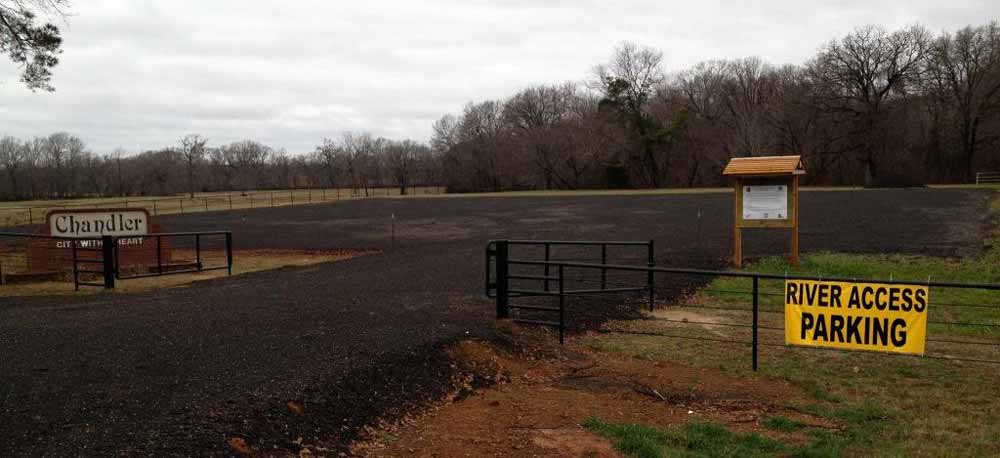Will the Pros Reel in a ShareLunker This Week?
Wednesday, May 17th, 2017This is Passport to Texas
When more than 100 professional bass anglers converge on one lake for a tournament, excitement runs high. And when the Toyota Bassmaster Texas Fest kicks off today at Lake Sam Rayburn, east of Lufkin, the excitement amps up with the possibility of reeling in a lunker.
Well, it would be just awesome for our program.
Dave Terre, with Inland Fisheries coordinates the tournament for the agency. A lunker is a largemouth bass that tips the scales at 13 or more pounds.
For a lunker to be caught as part of this nationally broadcast TV program and this benefit event for Texas Parks and Wildlife, you know, it would be huge.
The Toyota Sharelunker program works with anglers to promote the conservation and management of trophy bass fishing in Texas.
Sam Rayburn has produced numerous Toyota ShareLunkers in the past. It would be an awesome thing [to reel one in during the Bassmaster]. But, you know what? I’ve made promises about catching a lunker for the past 10 years [of the Toyota Texas Bass Classic] and it has not happened. We’ve gotten close. And so, I’ve got my fingers crossed, and I’m a positive thinker—so it might happen.
Let’s cross our fingers and hope for the bass-t. The Toyota Bassmaster Texas Fest is a free event that begins today and runs through May 21st at Lake Sam Rayburn. Details at bassmaster.com.
The Sport Fish restoration Program supports our series.
For Texas Parks and Wildlife…I’m Cecilia Nasti.
![Mike Iaconelli during the 2006 season. [Image from www.bassmasters.com]](https://passporttotexas.org/wp-content/uploads/2017/05/bassmaster.jpg)






 Passport to Texas is a
Passport to Texas is a  Passport to Texas is made available by:
Passport to Texas is made available by: